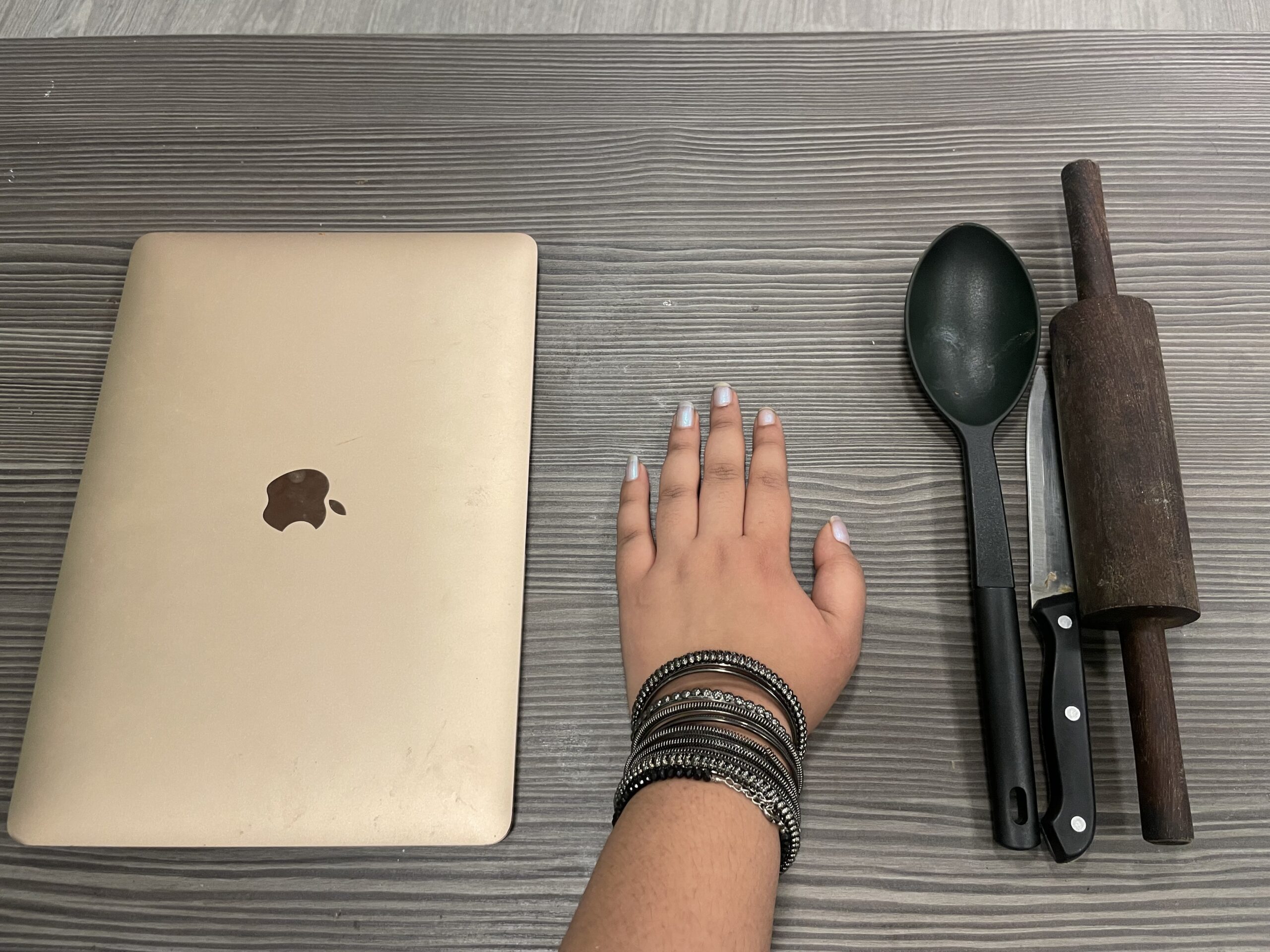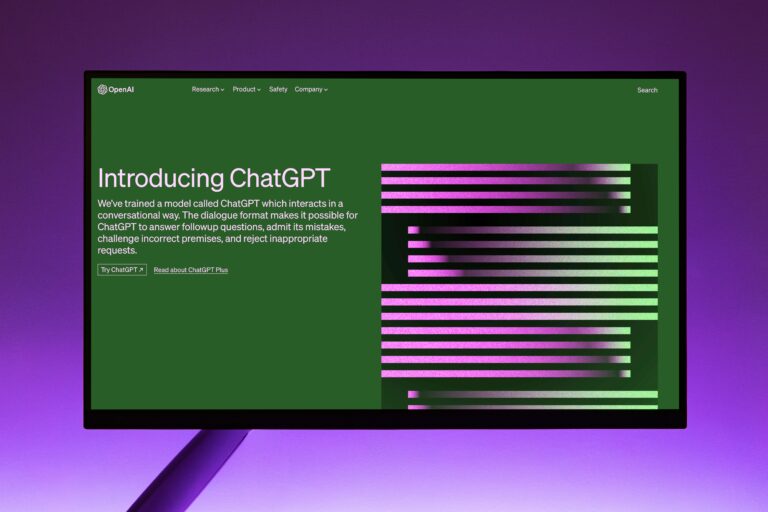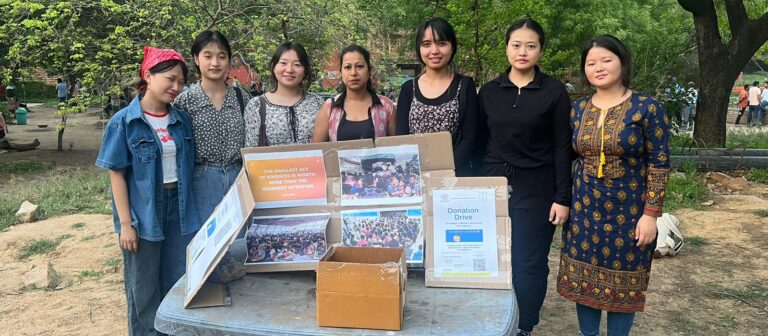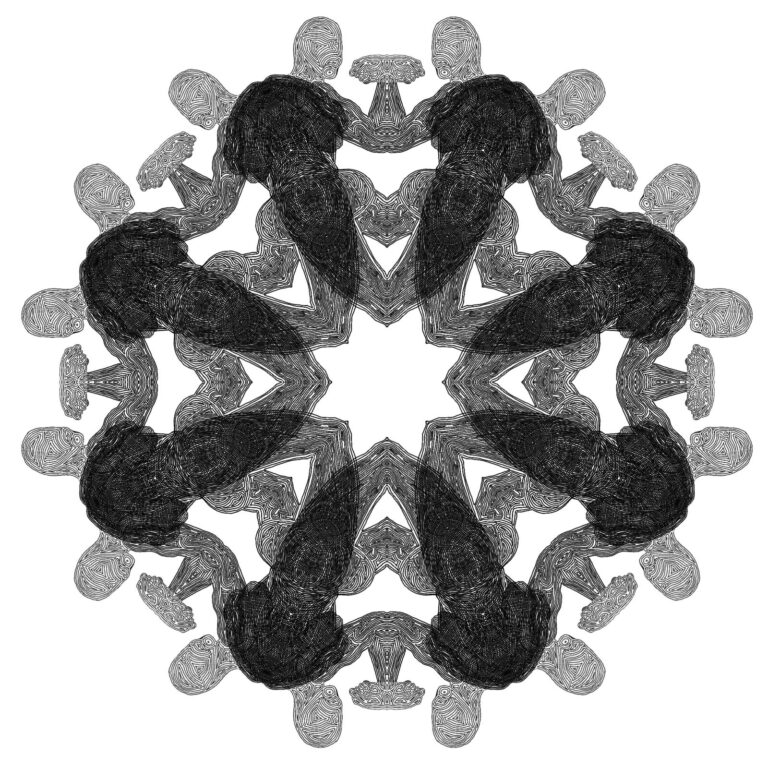Traditional patriarchal attitudes are causing a digital divide (Credit: Mallika Barsaley)
As a child, Simran Sharma*, who is now in her early twenties, was told by family members that if she touched a mobile phone it would break.
The boys in the family were encouraged to use technology and deemed more ‘responsible’, while young Simran and her sisters were considered irresponsible and feckless in comparison.
For thousands of women and girls across India, Sharma’s story is a familiar one, in which traditional patriarchal attitudes carry over into the contemporary world through technological control.
As a teen, she managed to attend after-school digital literacy classes run by Feminist Approach to Technology (FAT), which equipped her with skills and changed her outlook. She now works for FAT to train other girls. But changing attitudes and bridging the gendered digital divide is no easy task.
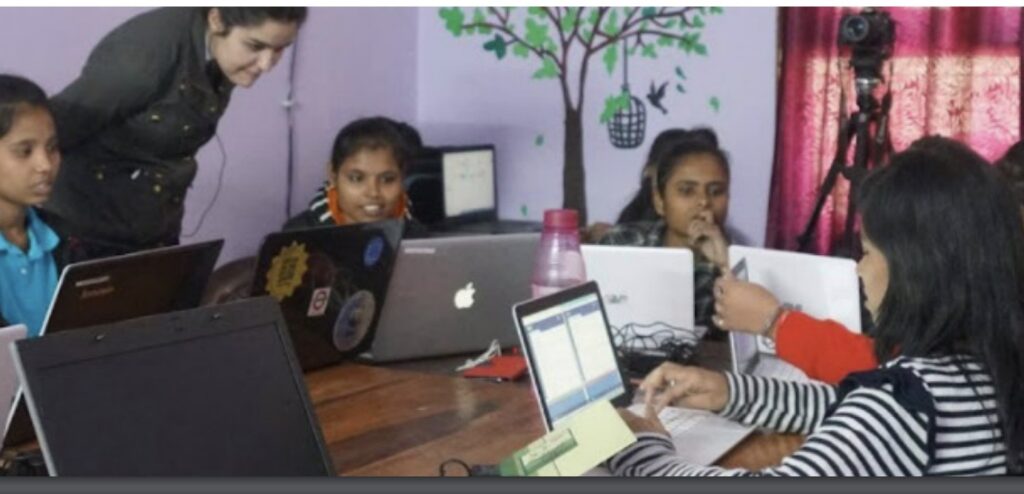
According to a literature review by UNICEF – the internet is often perceived as a risk to the traditional social order. Male – or family and community – gatekeepers control or restrict access to devices and the internet for many women and girls. The report also highlights how some rural areas have outright bans on women using mobile phones considering it to be ‘immoral’.
In a survey conducted by the charity C3India, 611 adolescent girls out of 2,600 indicated that the “protective nature” of their family limited their access to a phone. Parents offered excuses such as “phones are not safe”, “internet is waste of time”, “mobiles may harm her eyes”, or that the daughter “may misuse it” whereas no such restrictions were imposed on the boys.
India is responsible for 50 per cent of the global digital divide when it comes to gender.The report found that 61 per cent of men in India had access to a mobile as of 2021, compared to a mere 31 per cent of women.
One of the main contributing factors to India’s digital gender gap is educational disparity. The enrolment of girls between the ages of 14 and 18 in schools declined post-pandemic.
A separate Oxfam report found that 83 per cent of girls were given less than an hour in computer labs per week in school. Studies show that these devices improve women’s access to information, support networks and independent decision-making, among other things.
Consequently, many young women lack the technical skills required for a career in industries such as technology and engineering, which are generally considered high paying, and which may also prevent them from achieving financial independence.
According to the All-India Survey of Higher Education for 2020–2021, only 29 per cent of engineering students were female. IT for Change is an organisation based in Bengaluru, working for a society where technology can aid equality and social justice. They run projects that take a technology-mediated learning approach like digital storytelling, photo essays, role-play, and simulation exercises, as well as more theoretical subjects like women’s rights and the law.
Currently, their field centre called ‘Prakriye’ has set up two digital knowledge hubs that serve as safe learning spaces for adolescent girls from five villages in the Mysuru district, in the southern state of Karnataka. Most of the girls who receive training come from households where the main breadwinners work in the informal sector, with little to no access to technology.
“I think the pandemic revealed to us as to the extent to which the digital divide existed and has definitely worsened as well in terms of access to education,’’ said Ranjitha Kumar, a research assistant at IT for Change. “For example, we’ve seen a drop in core literacy and numeracy skills, particularly among young women and girls because education has moved online.”
Their year-long ‘Dhwanigalu’ project works with girls between the ages of 12 and 17. It enhances adolescents’ agency, autonomy, and leadership skills while improving their digital literacy abilities.
Like Simran Sharma, Jyothi Arya is also an alumna of FAT’s digital literacy programmes. Arya believes that teaching girls digital skills can challenge the structure of the patriarchy. “When girls develop technological skills and have access to a phone, they are able to negotiate with their families and make decisions independently, this changes the power dynamics existing in a traditional patriarchal society,” says Arya.
This may be precisely what many Indian parents and elders fear. Speaking to the girls on their programmes, Sharma noted that many said their parents were worried that exposing their daughters to technology could increase their independence and mobility. In their eyes this meant turning them into ‘bad girls’.
FAT launched the Young Women’s Leadership Programme in 2010, using technological resources to develop leadership skills in girls. It also runs computer lessons for girls aged 14 to 19. The young women on the programme then produce short films and radio packages, with the aim of teaching viewers about the experiences of Indian girls.
Over 500 girls and women have taken part in the programme since it began. In the following years, the programme was introduced in multiple locations around India such as Bihar, Jharkhand and Pune.
Their efforts have already borne fruit, as Simran Sharma and Jyothi Arya demonstrate, but closing the digital gap will require a whole-of-society effort.
“When I first got my salary, I bought a phone for my dad while overlooking the fact that my mother requires a smartphone as well,” says Sharma, showing how entrenched gender bias is and how change also needs to start at home.
*Name has been changed to protect her anonymity.
